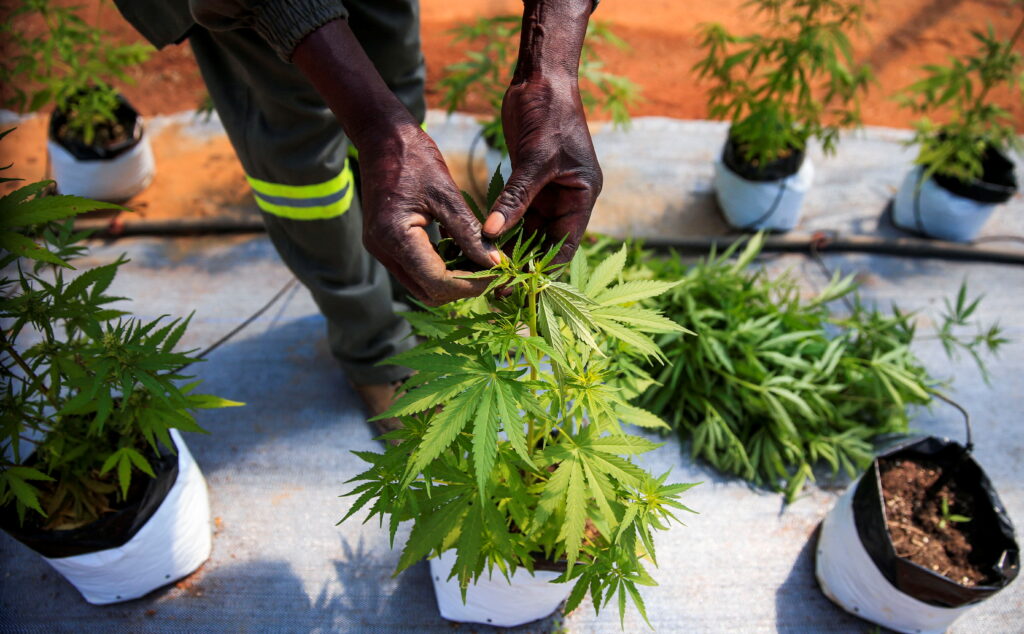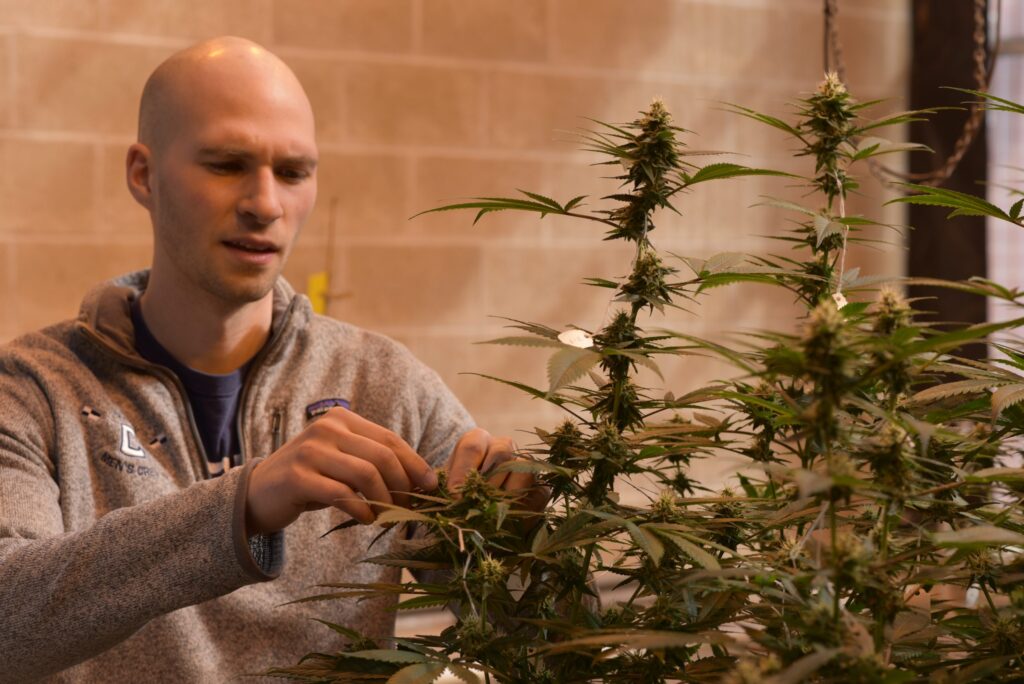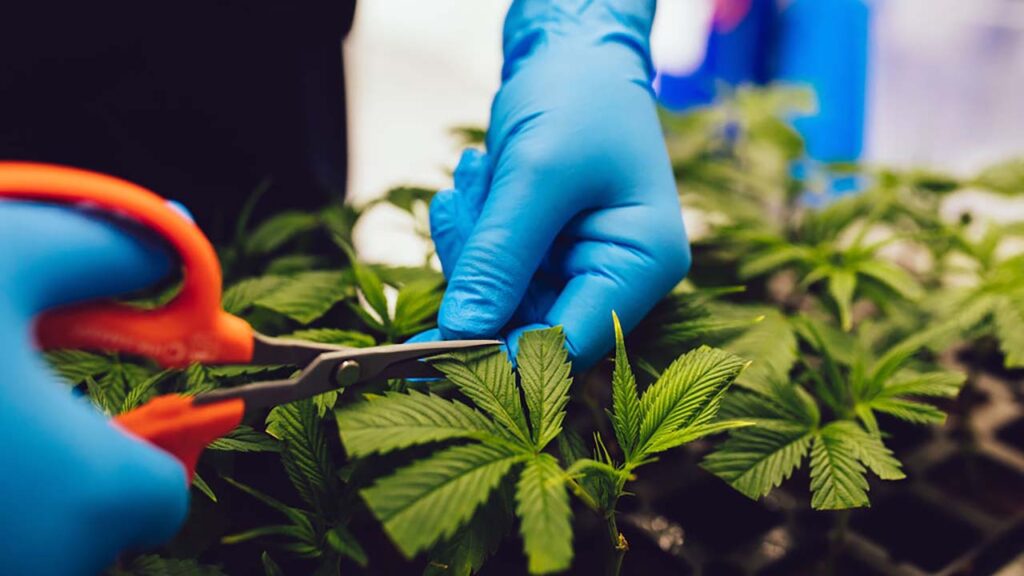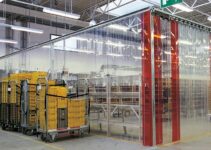Medical cannabis has gained widespread acceptance and recognition for its potential therapeutic benefits in treating a variety of medical conditions. Behind every medicinal cannabis product lies a complex and carefully controlled cultivation process. In this article, we will delve into the world of medical cannabis cultivators, exploring their crucial role in providing patients with the relief they seek.
The Seed of Hope

Source: reuters.com
The journey of medical cannabis begins with a tiny seed, but not just any seed. These seeds are meticulously selected for their genetic traits, ensuring they have the right balance of cannabinoids and terpenes to address specific medical conditions. The choice of the right seeds sets the foundation for the entire cultivation process.
The Art of Cultivation
Once the seeds of signature cannabis strains are carefully chosen, they are planted in controlled environments, such as indoor grow rooms or greenhouses. These specialized environments allow cultivators to regulate factors like temperature, humidity, and light to optimize plant growth. Cultivators employ a combination of scientific knowledge and horticultural expertise to ensure the plants receive the care they need to develop into the distinctive signature cannabis products sought by patients.
Nutrition and Nurturing
Like any living organism, cannabis plants require proper nutrition. Cultivators must carefully feed their plants a balanced diet of nutrients, which varies depending on the plant’s growth stage. The precise management of nutrients is crucial to maximizing the production of cannabinoids like THC and CBD, which are the primary therapeutic compounds in medical cannabis.
Pruning and Training

Source: cannabis.cahnr.uconn.edu
Cannabis plants undergo various pruning and training techniques to enhance their growth and maximize yield. This includes removing unnecessary leaves, bending branches, and manipulating the plant’s shape to improve light penetration and airflow. These techniques not only increase the quantity of the final product but also help maintain its quality.
Pest and Disease Management
One of the challenges cultivators face is protecting their plants from pests and diseases. Pesticides are generally avoided in medical cannabis cultivation due to the potential harm they can pose to patients. Instead, integrated pest management strategies, including beneficial insects and organic solutions, are employed to keep plants healthy.
Harvesting and Curing
The timing of the harvest is crucial to ensure the optimal cannabinoid and terpene content. Once the plants are ready, they are carefully cut and trimmed. After harvest, the buds undergo a curing process to enhance their flavor and potency. Proper curing can take weeks or even months, depending on the desired outcome.
Testing and Quality Assurance

Source: mjbizdaily.com
Before these products make their way to patients, they undergo rigorous testing to ensure their safety and consistency. This includes testing for potency, contaminants, and terpene profiles. Quality assurance measures are in place to guarantee that patients receive a reliable and effective product.
Conclusion
In conclusion, the journey from seed to relief in the marijuana industry is a meticulous and highly regulated process. The efforts of cultivators are essential in producing safe and effective products for patients in need. As the medical cannabis industry continues to evolve, cultivators will remain at the forefront of providing relief and hope to countless individuals seeking alternative treatments for their medical conditions.



